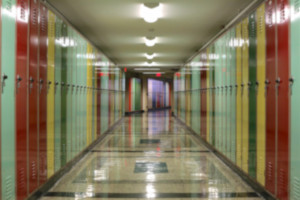 Cleaning and disinfecting are the most important approaches for preventing infectious diseases, such as flu.
Cleaning and disinfecting are the most important approaches for preventing infectious diseases, such as flu.
Of course, students should be taught at home and reminded at school that it is highly recommended washing hands, covering sneezes and coughs, etc.
But schools together with janitorial services should know how to stop spreading of flu and other diseases through disinfection and cleaning.
First of all, let’s talk about the terms.
Cleaning helps to remove germs, bacteria, dirt and dust from the surfaces. Usually janitors use cleaning detergents or soapy water. Cleaning doesn’t kill germs or bacteria, but removes them from the surfaces.
Disinfection, on the contrary, kills germs and bacteria. For disinfecting, janitors use all kinds of chemicals that kill germs.
So, what should be done at school to stop flu and other infectious diseases?
First of all, there should be special school’s standard procedures for disinfecting and cleaning. There should be a special routine developed by the janitorial services and schools.
Typically, janitors sanitize surfaces and objects that are touched very often at school. This includes desks, countertops, computer mice and keyboards, doorknobs, faucets, etc.
Most schools also choose to disinfect bathrooms on a daily basis, in addition to regular cleaning.
How to clean and disinfect?
It is very important for janitors at school to follow the directions written on cleaning products and disinfectants.
It is very important to use EPA-registered disinfectants for killing germs and bacteria. If your janitors do not have EPA-registered products for disinfection, they can use a fresh chlorine bleach solution.
In order to prepare it, add one tablespoon of bleach to four cups of water. The solution should be applied on surfaces using clean cloth. Leave it on the surface for 3-5 minutes and then rinse with clean water.